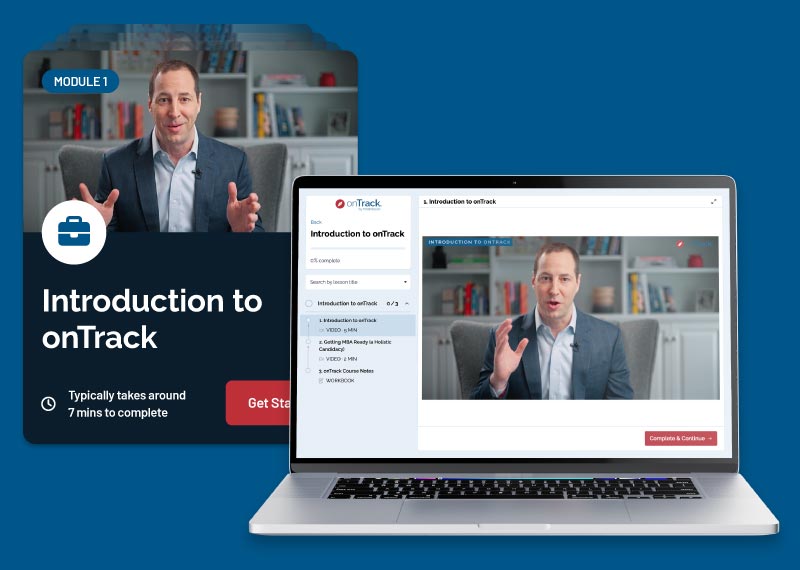We know the job market is a bit tight right now—especially in the tech industry— and many of you are likely struggling to land your target roles. Be assured that you are not alone, but also know that our clients are landing interviews and receiving job offers. So, how can you become one of those people who are securing offers?
Most importantly, focus on what you control (how you present yourself), rather than what you cannot control (companies’ hiring plans). Here are six tips for making your job search efforts more effective.
TIP #1: Do not focus exclusively on online job postings.
Many job openings are never posted online, and often, for the ones that are, the hiring managers already have a list of top candidates in mind before the opportunity is even listed. So, you should devote more than 50% of your job search time to networking.
Action Item #1
Create a list of 10–20 target companies (regardless of whether they currently have an opening of interest posted), and then search your connections to find people who work at these firms. They can help you understand these businesses, their hiring needs, and any job requirements. Use your first-degree network on LinkedIn to request introductions to people in their network (your second- and third-degree network) who are employed at your companies of interest.
TIP #2: Leverage your network to gather information and build advocates.
For years, the media has often estimated that 70% or more of open positions are never publicly advertised and that up to 80% of openings are filled through job seekers’ professional and personal networks.
Action Item #2
Be specific in your requests for networking conversations, but do not ask anyone outright for a job (though you can refer to specific job openings that have been posted). Customize each conversation to your contact. Learn about their organization and its needs, ask for introductions and gather information on the best way to navigate the application process.
TIP #3: Customize your application.
Jobscan reports that more than 97% of Fortune 500 companies use applicant tracking systems, but a majority of resumes submitted to these systems are rejected. Using the right keywords and simple formatting is a must.
Action Item #3
Analyze your target job description and identify specific skills and/or areas of knowledge in the responsibilities section that are especially important for the role. Use information gathered from your networking conversations to highlight your relevant qualifications on your resume.
TIP #4: Submit high-quality applications and follow up on them.
Do not make the mistake that many candidates do in submitting numerous job applications each week but never taking any initiative to further demonstrate or affirm their level of interest.
Action Item #4
If you do not hear back on a job application within two weeks, reach out to the hiring manager, the recruiter, or your internal connection. Confirm that the company received your application, reiterate your interest in the role, and ask about the firm’s timeline for hiring. If you are not selected for the position, see whether you can gather any insights on how to enhance your application for future postings. You could also check LinkedIn to see who was ultimately hired for the role, which could help you identify potential gaps in your experience for your target roles.
TIP #5: Deepen your industry-specific knowledge.
Just being knowledgeable about an industry is no longer enough; employers expect candidates to have opinions on their business and ideas about how to move it forward. With so many qualified job seekers looking for their next opportunity, the onus is on you to clearly connect the dots for the hiring manager. You must demonstrate how you can contribute and add value to the firm.
Action Item #5
Read (a lot!) about your target companies and industry. Sign up for e-newsletters from trade associations and for relevant industry publications. Follow your desired companies on LinkedIn.
TIP #6: Redirect your search based on the information you gather from networking conversations, recruiters, and interviews.
Are you trying to make too big of a pivot in the market? Is the number of jobs in your target role and industry very limited? Are you portraying yourself in a compelling way to your target firm? You might need to make adjustments to your approach based on the answers to these and similar questions.
Action Item #6
Think about whether you need to expand or change directions. Evaluate where and how you can shift direction to gain more traction. If you do not know, consider changing the questions you ask your networking contacts to solicit more information that will help guide you.
We believe these actions—in addition to setting weekly networking goals, tracking every conversation, and revisiting your progress on a monthly basis to identify obstacles and ways to overcome them—will increase your chances of success.



